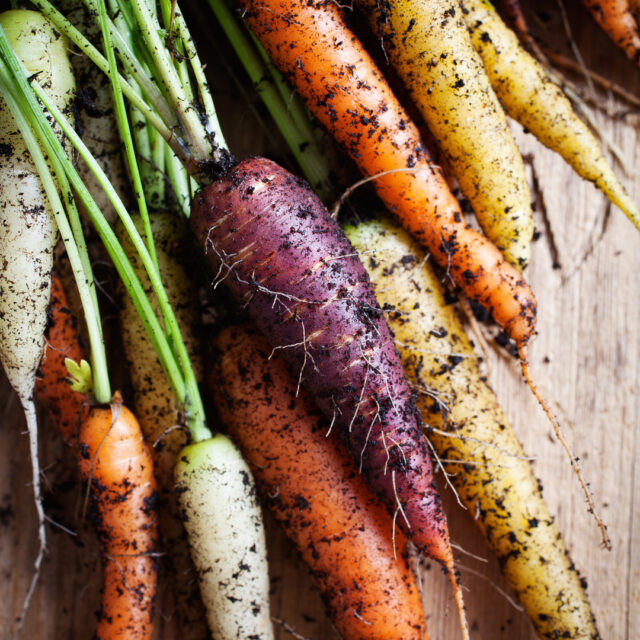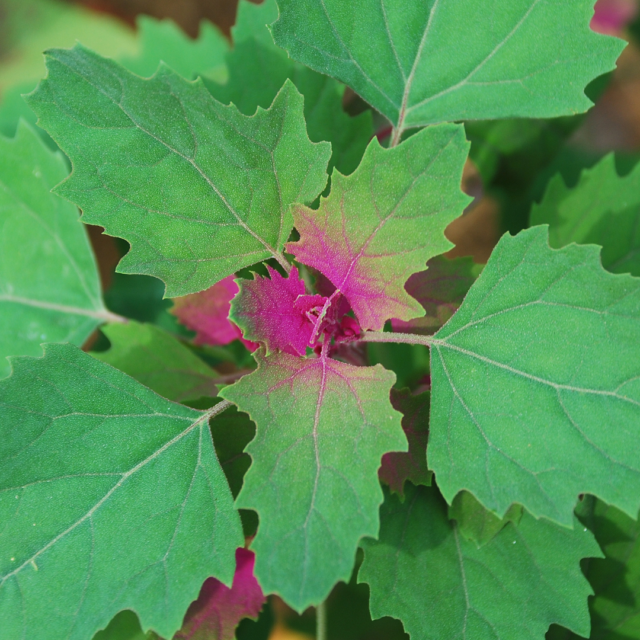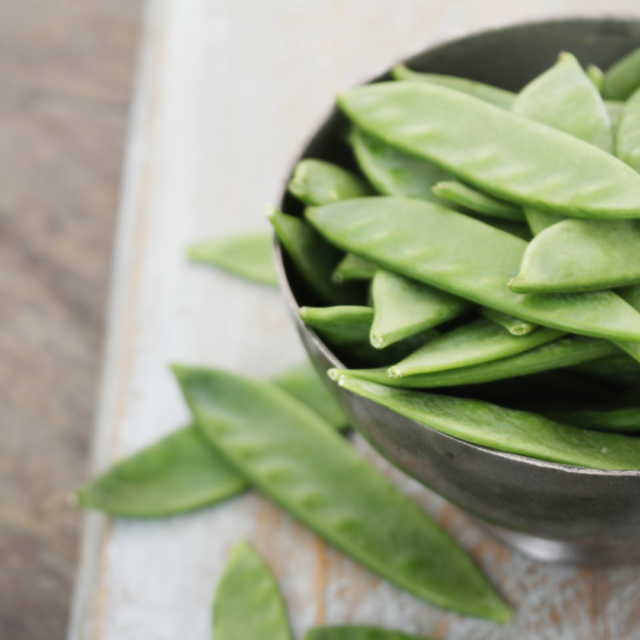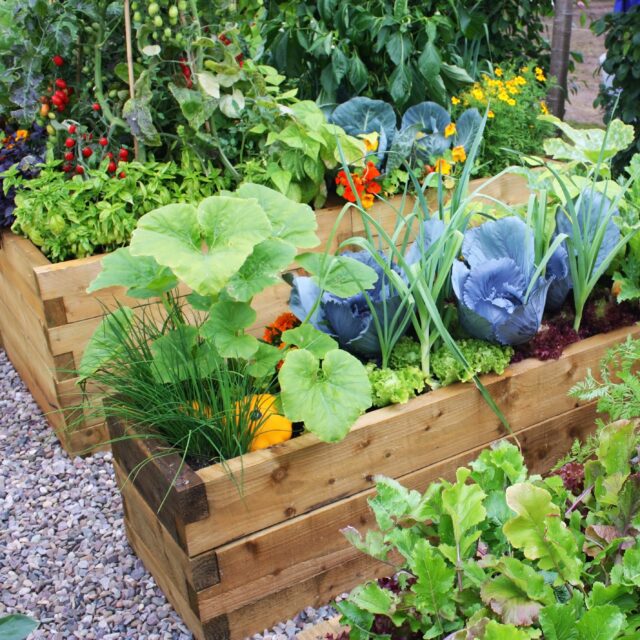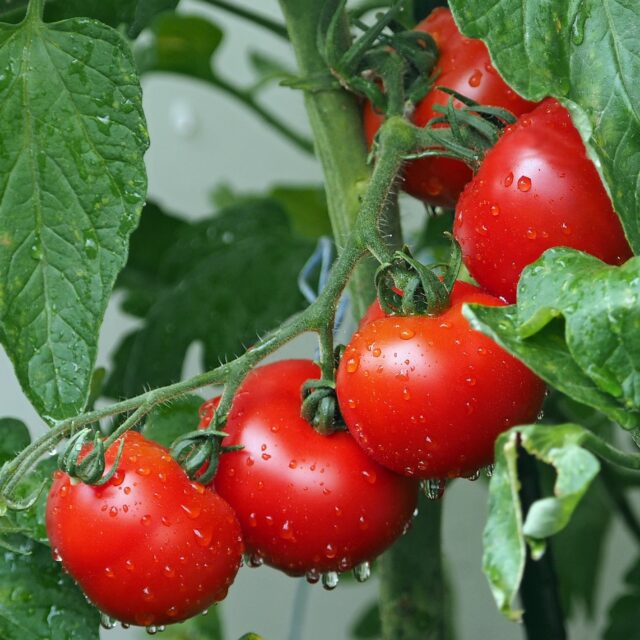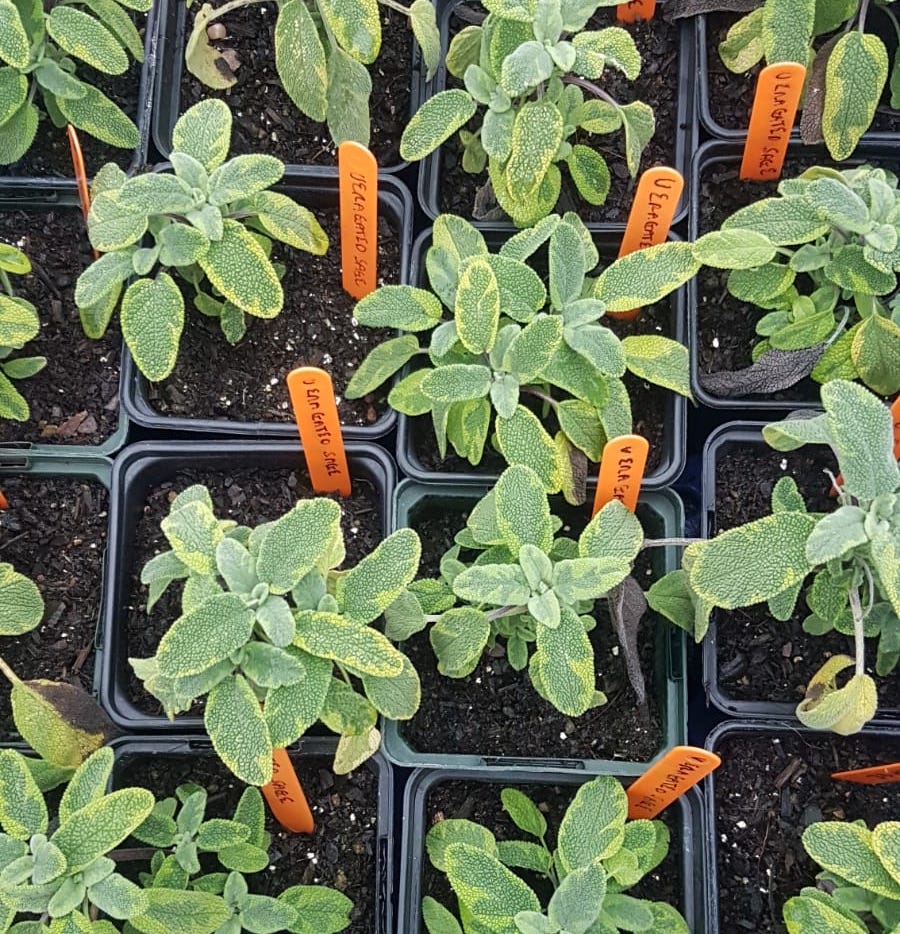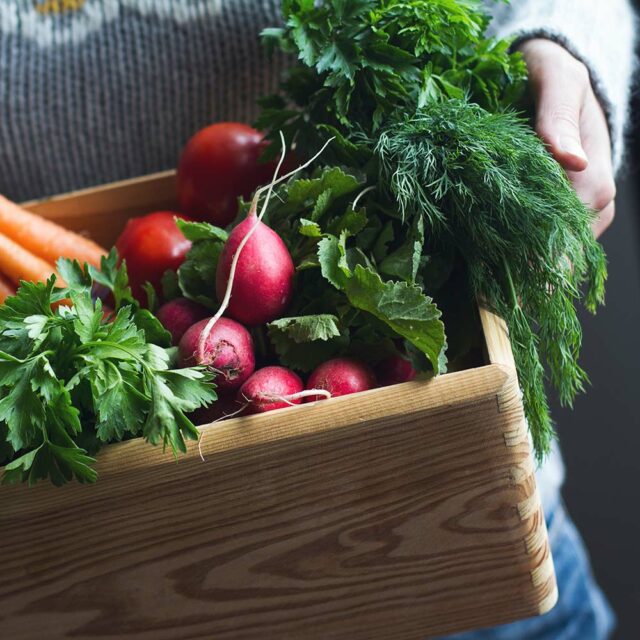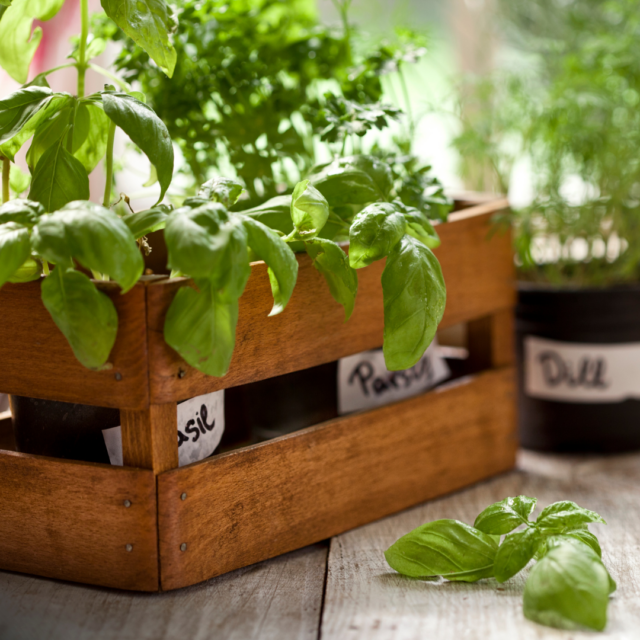Growing vegetables indoors may seem a bit wild, but it really is possible! We walk you through what works well indoors and how to get started.
What you will need
You will want some containers to grow your plants in, as well as a good quality potting soil. Choose your plants first, and then find appropriate containers. We like to recycle here at Propagation Place, and we encourage you to get creative with containers. You could use:
- Old planters/pots/troughs/buckets (you can even use Tetra-pak cartons – the ones that orange juice and non-dairy milks come in for smaller plants) and drip trays to go underneath.
- Potting compost
- Seeds or vegetable seedlings
- Suitable windowsills or well-lit spaces that have lots of natural sunlight – or you could buy some full-spectrum LED lamps to compensate
The space
You can either grow with natural light by popping plants near windows and glass doors, or alternatively you can use full-spectrum LED grow lights and grow your plants in darker corners or even cupboards. If you choose to use lights, you’ll need to do a little more research on growing under lights as you’ll want to set up timers to make sure you ahve an appropriate amount of light to see your plants thrive!
Once you have chosen your spaces and light source, then you can decide what you have enough room to grow. Different plants need different depths of soil and different amounts of light, so you’ll have to work to the advantages of your home to get the best results!
What to grow
Asian greens such as Mibuna, Komatsuna and Tatsoi work well indoors and they are delicious leafy greens abundant in vitamins. They prefer full sun but will tolerats some shade. Window box tubs work well and a bucket would probably do nicely too!
Summer purslane is a great and abundant salad crop that grows fast and keeps on coming so you can snip it and watch new growth come through! They require very little depth and will do well in anything over 15cm deep. They grow better in drier soil and like full to part sun.
Radishes are a surprising addition to the ‘yep, you can grow it indoors’ list, but they do surprisingly well! You will want a container with around 30cm depth for radishes. Again they love full sun but will tolerate some shade.
Salads are an obvious choice for a window planter! Choose loose leaf varieties such as Loose leaf Salad Bowl or Rocket and avoid head lettuces. You can experiment with different varieties and see what works best for your conditions. You’ll want a shallow 10-15cm deep tray with good drainage. Again plenty of sun is ideal.
Herbs add lots of flavour and nutrients to cooking and are a lovely place to start if you are nervous about growing for the first time. Basil works well in a pot on the window sill, along with parsley and rosemary. You could even try Thai Basil for some delicious Asian recipes! Plenty of sun is preferable.
Potatoes. Yep, you can even grow spuds indoors, but you’ll need a very large container and plenty of compost to keep topping it up as your plants grow! You”ll want a pot of at least 9.5L capacity, and some stones at the bottom to assist drainage.
There are plenty of other veggies that can do well indoors, why don’t you experiment and see what you can grow?
How to grow
- Prep your pots by ensuring they have drainage holes at the bottom and a tray to catch the excess water
- pop a bit of gravel or some small stones at the bottom to give some extra drainage
- Add potting compost
- Either plant seeds according to the instructions on the packet, or pop your plug plants to your chosen containers
- Water regularly and tend to the different needs of each plant. It is worth looking at specific plants requirements to get a deeper understanding of each one’s needs. You may like to get a book from the library or do some online research
Potatoes are a little different:
- You grow potatoes from seed-potatoes, or you can sprout them yourselves at home. This is called ‘chitting’ and is a simple process, simply put your potatoes somewhere cool to grow sprouts and then you can pop them into about 7-8cm of soil with a further 7-8cm on top. As the shoots grow, keep adding compost so only the tip is visible until you have reached about 30cm.
Let us know what you have successfully grown indoors in the comments below!
